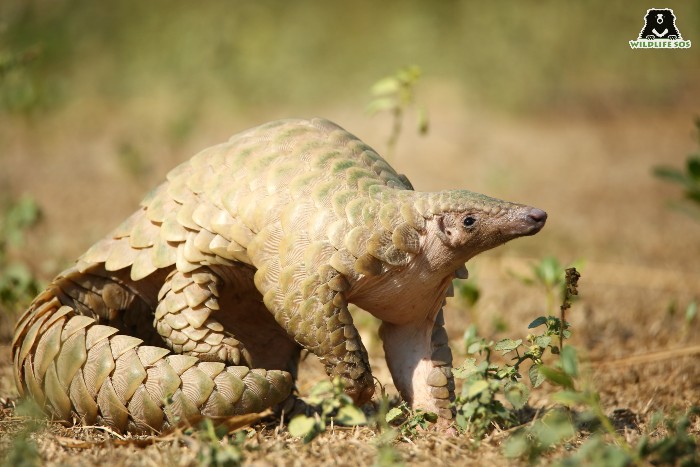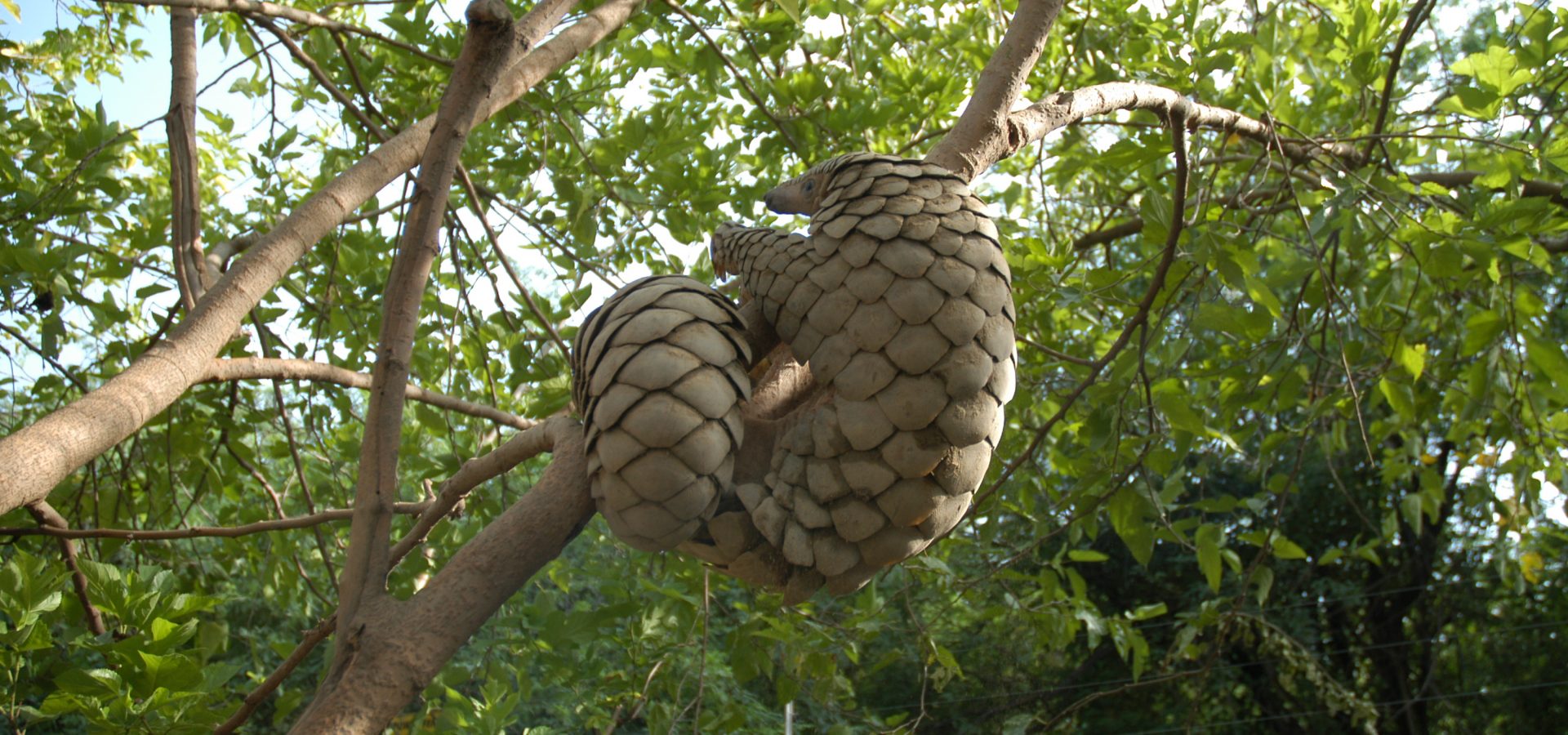Manis mysteria. The mystery lies in the name itself! The elusive ninth member of the pangolin family had long been hiding under plain sight, before recently confiscated scales in Hong Kong and China revealed fascinating new information.
For long, it was thought that the highly endangered pangolin was deemed to have eight species — four each from Africa and Asia. Until scientists came across genetic markers in these new scales that were seized from poachers in Hong Kong in 2012 and 2013, and from China in 2015 and 2019. The genome investigation identified the existence of an unexpected ninth species, which has been tentatively named Manis mysteria.
While finding a new animal species is rare in itself, finding a large-bodied mammal is even rarer. However, much of what we know about pangolins in the wild is extremely limited because of them being endangered. For instance, according to the IUCN, the two pangolin species found in India — namely, the Indian pangolin and the Chinese pangolin — are ‘Endangered’ and ‘Critically Endangered’ respectively. Pangolins are the most trafficked mammals in the present era, hunted by poachers for their coveted scales and meat.
Because Manis mysteria differs from other pangolins slightly in terms of genetics, the species is now classified as being a “cryptic” one. Cryptic species are difficult to distinguish from others based on appearance alone, which is why the unique way to identify pangolin species is by testing its scales.
In the lack of research conducted on live pangolins, it is perhaps greatly ironic that knowledge about Manis mysteria saw the light of day. What is saddening is that its very existence was discovered from poached remnants of the animal.
Pangolins in Peril
Pangolins share similarities in terms of diet and scaly covering with the armadillos of South America as a result of convergent evolution. Like armadillos, hedgehogs and porcupines, these animals can roll into a ball for self-defence, with their thick keratinous scales repelling persistent predators.
In fact their common name ‘pangolin’ is derived from the Malay word penggulung, which translates to mean roller. However, no amount of rolling can save these scaly anteaters from the most persistent hunters — Homo sapiens. Humans and pangolins share uneasy terms of coexistence.
The pangolin’s flesh is savoured for their seemingly exotic flavour in South East Asia. Unfortunately, India is quickly becoming a major supplier of pangolin meat and scales to illegal markets in China, Vietnam, and Thailand.
Furthermore, their blood is thought to have aphrodisiac characteristics, and their scales are used in traditional medicine to ‘treat’ a variety of ailments. Traditional Chinese medicine employs pangolin scales, foetuses, bile, blood, bones, and claws. In fact, the scales are extracted from the animal in the most agonising way possible: the living animal is immersed in hot water.
While larger and more charismatic fauna in the country have gained a greater deal of media coverage — the pangolin has largely skipped the public eye. Though pangolins are true introverts of the animal world, rolling into a ball to evade possible encounters with most creatures, these unassuming insectivores need to be urgently brought into the limelight of conservation awareness.
Saving the Pangolins of India
The sudden discovery of Manis mysteria was possible due to an unfortunate occurrence, but also carries with it a silver lining. The rare occurrence of this revelation has brought the species, and consequently all pangolins, into the spotlight. Hopefully, this revelation can help pangolins receive greater media coverage, funds, and further measures for their conservation.

Generating awareness about pangolins must go hand in hand with the ongoing battle taking place on the ground. Vigilant wildlife warriors are fighting against the dangerous underbelly of wildlife trafficking. Wildlife SOS has been actively engaged in saving this scaled species from a variety of threats, with our Rapid Response Unit having rescued pangolins from Agra on more than one occasion.
While it inhabits the wetland area of the Soor Sarovar Bird Sanctuary, spotting a pangolin in the wild is uncommon in the present day. In one instance, residents had spotted an Indian pangolin resting within an open field in Agra, and our team brought it to our transit facility for a medical checkup. Fortunately, the pangolin was revealed to be in sound health and was successfully released back into the wild.
Not all pangolins are as lucky, however. In yet another instance, this time in Karnataka, our team saved a juvenile pangolin that was trapped in clutch wires and had sustained injuries. Extricating a vulnerable specimen of an endangered species required special medical care, and once our team declared it fit, the pangolin was safely released. While rescuing individual animals from harm is rewarding, pangolins among other wildlife also face the threat of habitat loss and climate change.
Rolling into a Hopeful Future!
In such a scenario, it is necessary to restore as many parts of their natural habitat as possible. And that is what we did! Thanks to the tireless efforts of dedicated volunteer groups, the forest department, and our generous sponsors, Wildlife SOS initiated the Ramdurga Habitat Conservation Project. While seeking to bring back sloth bears to their once-lush home in Ramdurga Valley, the project has resulted in a few pleasant surprises with the return of several other species, including the pangolins!
Let the sudden discovery of a Manis mysteria be a beacon of hope for the animal world! By paying attention to them and conducting effective studies, we can save the species from becoming lesser in the wild. You, too, can make a difference! Share knowledge about pangolins with people around you, and the threats this animal is facing. If you come across a pangolin being kept as a pet or find out about their scales being sold, do not hesitate to reach out to your nearest animal welfare organisation. Contact us at our 24X7 hotlines if you are based in any of the following cities:
Delhi NCR: +91-9871963535
Agra, Uttar Pradesh: +91-9917109666
Vadodara, Gujarat: +91-9825011117
Srinagar, Jammu and Kashmir: +91-7006692300/ +91-9419778280





